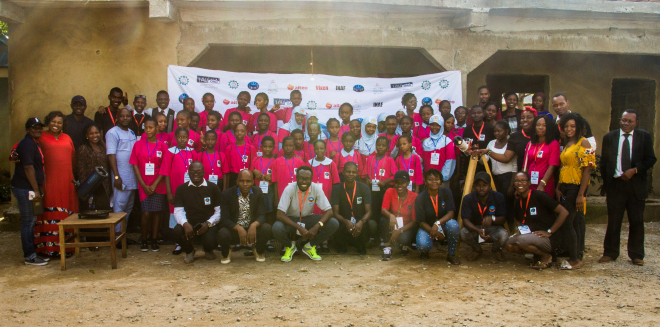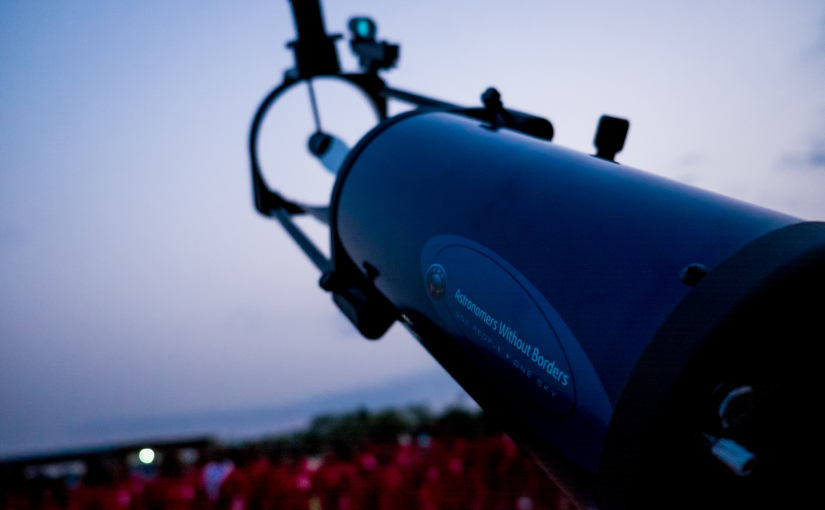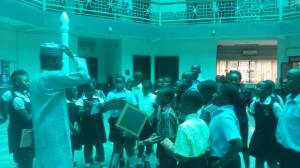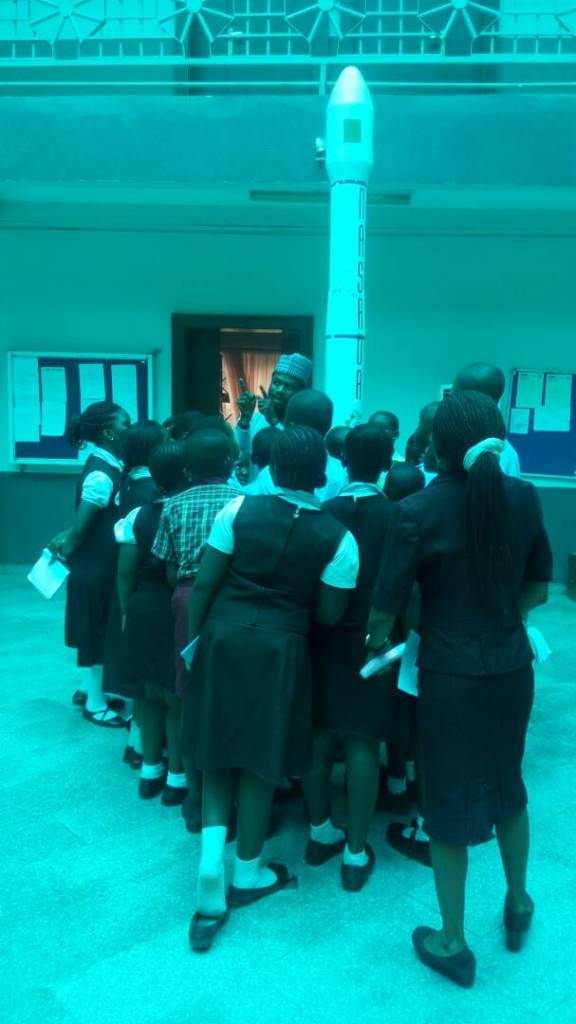Introduction
On Monday, the 21st of December, Earthlings will observe ones in a 20 year event known as the conjunction which will be between the last two naked eye planets, Jupiter and Saturn, of which they will appear much closer as if they are merging. But in reality, the distance between these two celestial objects still stands at 4.32 AU or 646.3 million km. The matter is that they just got aligned in the sky from our perspective.
Meaning of Conjunction
So many meanings can be read from the sentence “Alignment of Planets”. To make it clearer, beginning with the fact that all the planets in the solar system revolve round the sun, through a common disc-like plane known as the ecliptic. For that reason, these planets align and appear to be merging, and we call that “The conjunction”. This conjunction can happen in a variety of ways: a conjunction in which a celestial object completely obscures the other is called “Occultation”. We witnessed this between our Moon and Mars at the beginning of the last quarter of 2020 in which the former completely blocked the latter in the night sky. In fact, this is some worth like an eclipse. But we specially use the word “Eclipse” to denote the alignment among any of the Moon, the Earth and the Sun.

On the other hand, if any celestial object partially obscures the other, we call it “Transit”. But in general, conjunction does not necessarily require alignment. There could be a conjunction between a planet and a background star or a galaxy. Simply put, conjunction is an event that involves the meeting of celestial bodies relative to our vantage point.
How much Of Them Can We See?
Both Jupiter and Saturn currently located at Capricornus constellation normally have apparent magnitudes of -2.2 and 0.46 respectively, that implies that Jupiter is 12 times brighter than Saturn in the logarithm scale. So since the beginning of December both planets have been seemingly racing alongside, but on 21st they will come much closer just merely separated by a distance smaller than the size of a full Moon. In terms of angular resolution, they will be separated at 0.1 arcminute. An angular resolution is a term used in Astrophysics to quantify the ability of an instrument or a living thing to distinguish two separate light sources, be it the two headlamps of an incoming vehicle or two stars in the sky. At this value of 0.1 arcminute, all humans with normal sight will be able to see this conjunction which will be towards the southwest at every sunset. It is also safe to use binoculars or telescopes to have a better sight of them, most especially, their moons and rings.

Why there is Jupiter and Saturn Conjunction
As earlier said, it is worthy to note that this event between Jupiter and Saturn always occurs ones every 20 years. This is because the two target planets move pretty slow. They are very far away from the sun, and from the laws of orbital mechanics, the farther away an object is relative to the point mass, the slower its speed, so they orbit slowly.
In addition to that, because it takes Jupiter and Saturn approximately 12 and 30 years respectively, to make a revolution, from simple mathematical analysis, the two should align at one time in their rendezvous.

A brief History of Jupiter and Saturn Conjunction
The conjunction of December 21st is a special one because: it will be visible in the evenings just shortly after sunset and will be pretty close to each other. But unlike it, which dominated the conjunctions of other times which includes the conjunction of 1623 BC, that is, 400 years ago (during Galileo times), had their appearances mostly in the day time where the sun’s rays made them almost impossible to be observed. One other kind of conjunction that have the same similarities with this December 21st as mentioned earlier is the conjunction of 1226 BC, that is, 800 years ago which was widely observed, according NASA’s Astronomer, Dr Henry.
All about other designated names of the Conjunction
Since we all learned about the coming of this conjunction, many fancy names tagged to it have been going viral, some calling it, “Christmas star, “Bethlehem Star”, “The great conjunction” etc. The latter has conflicting meanings given to it, on some websites, it was explained that “Great” was used to indicate that the conjunction is between the two most massive planets in our solar system, while other sources said it is because it happens ones every 20 years. Either one of the two still sounds great though.
On the other hand, why the name “Christmas star” or “Bethlehem star”? Also according to Dr. Henry, for ages, people have been looking up and studying the stars and the planets. They do have this tendency of incorporating the knowledge which they gained in astronomy into their respective religions, cultures and beliefs. So this star of Bethlehem, we believe, was due to the events of the night sky which involved the three wise men, during when Christ was born, around 7 BC. It could be that what they observed was this kind of conjunction or it could even be a comet. But since there was no record of any professional observation, we cannot say what really went on.
For more information on how to take photographs or viewing it live, check Slooh star party.
Wishing you a clear sky

























































































































































































































































































































